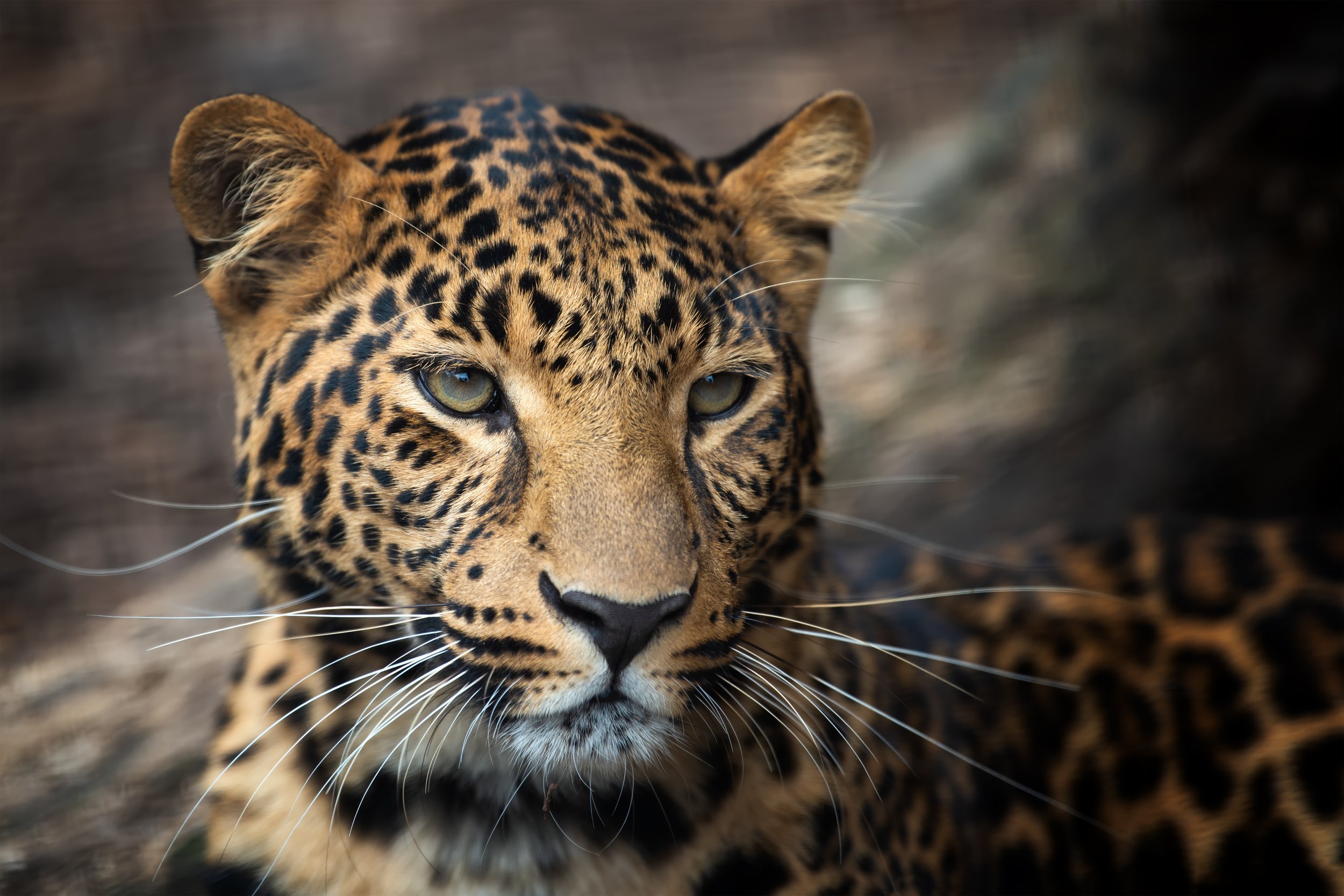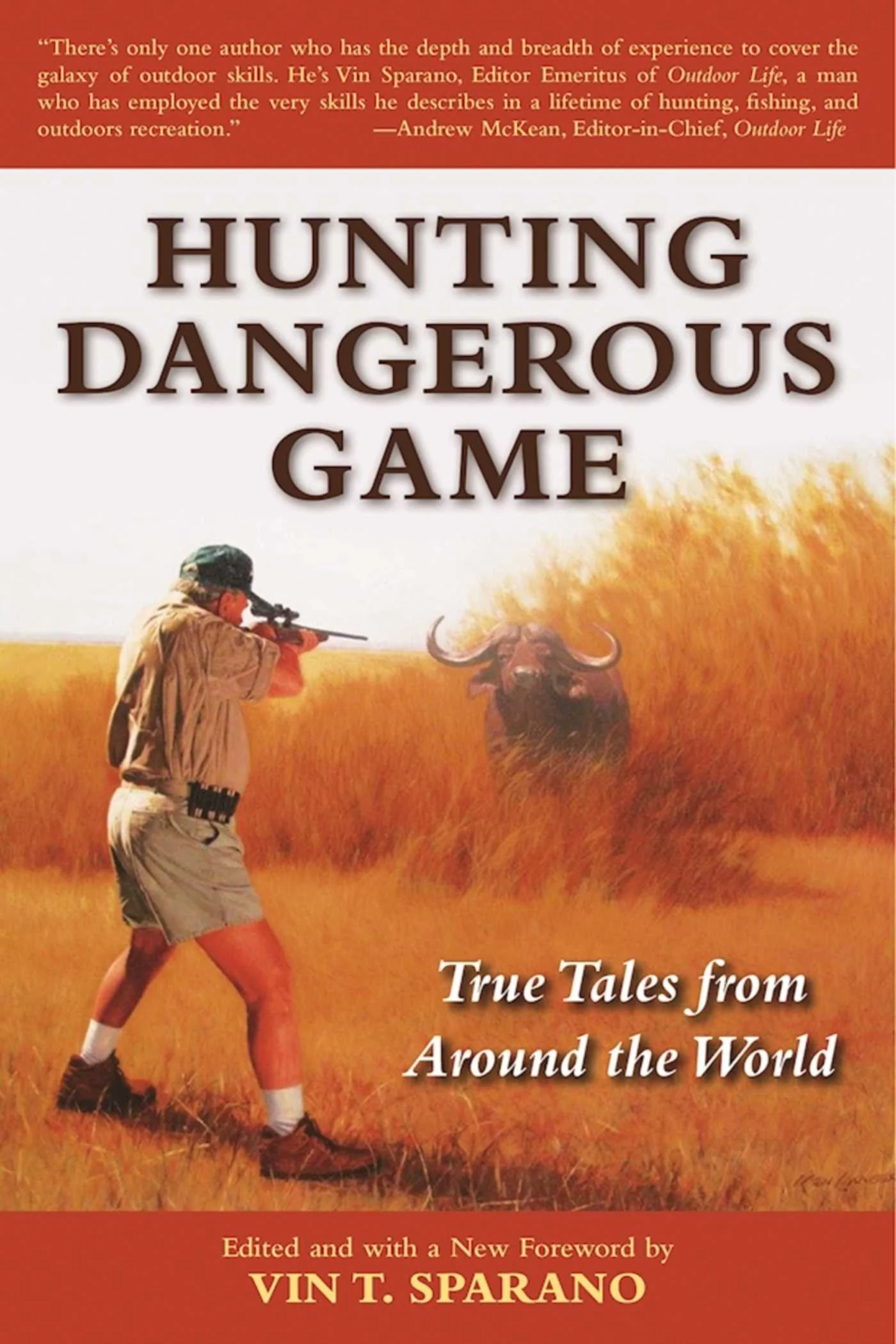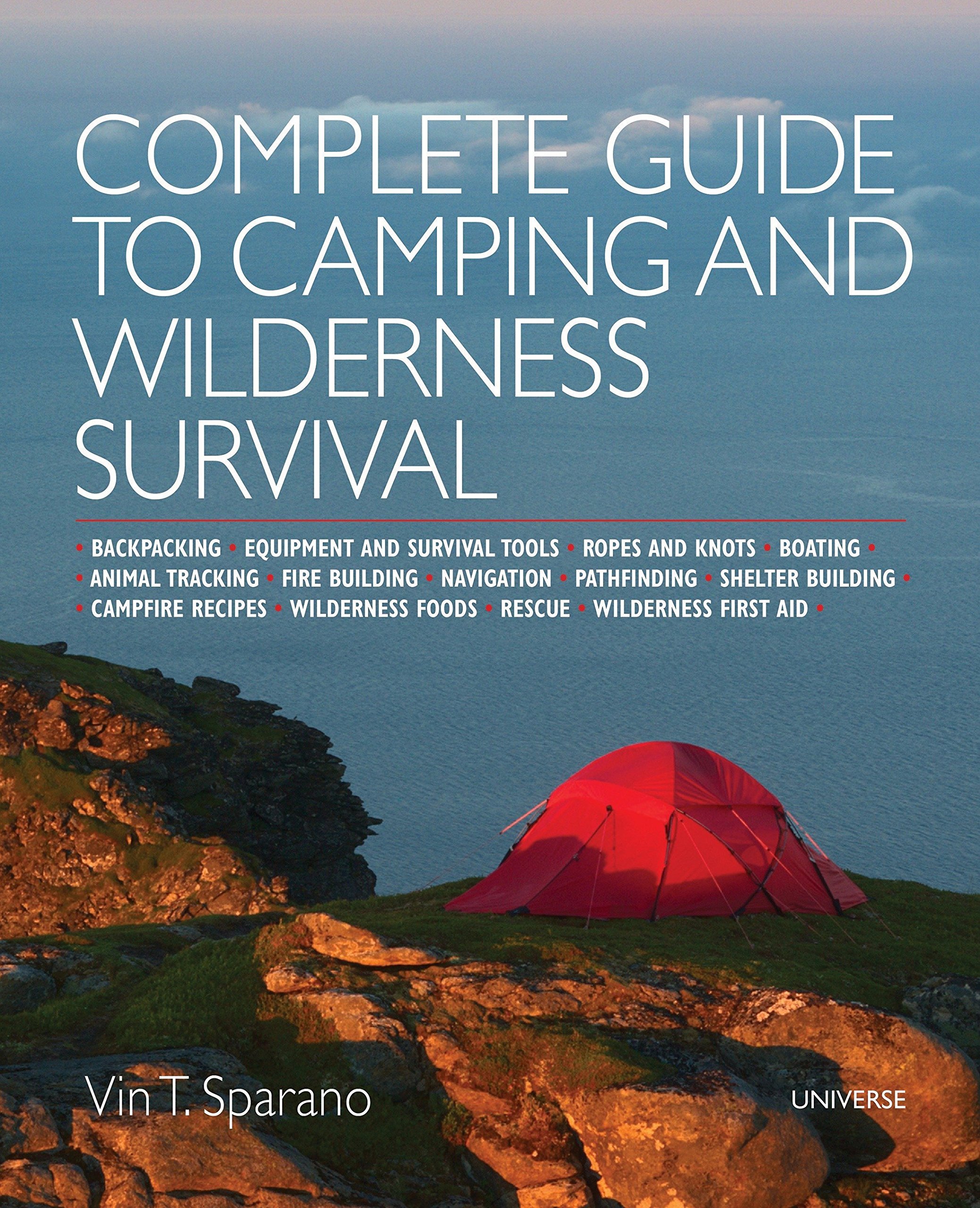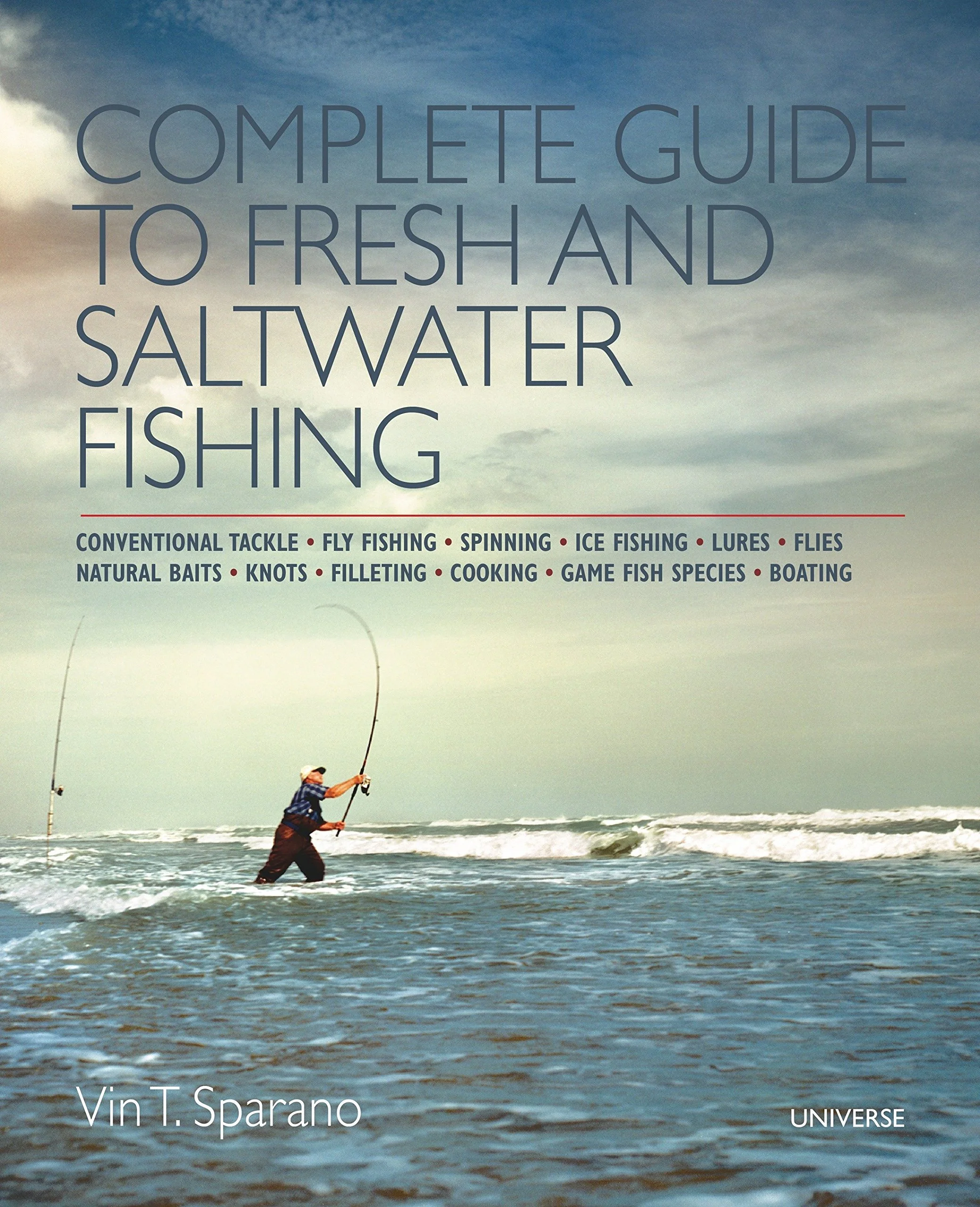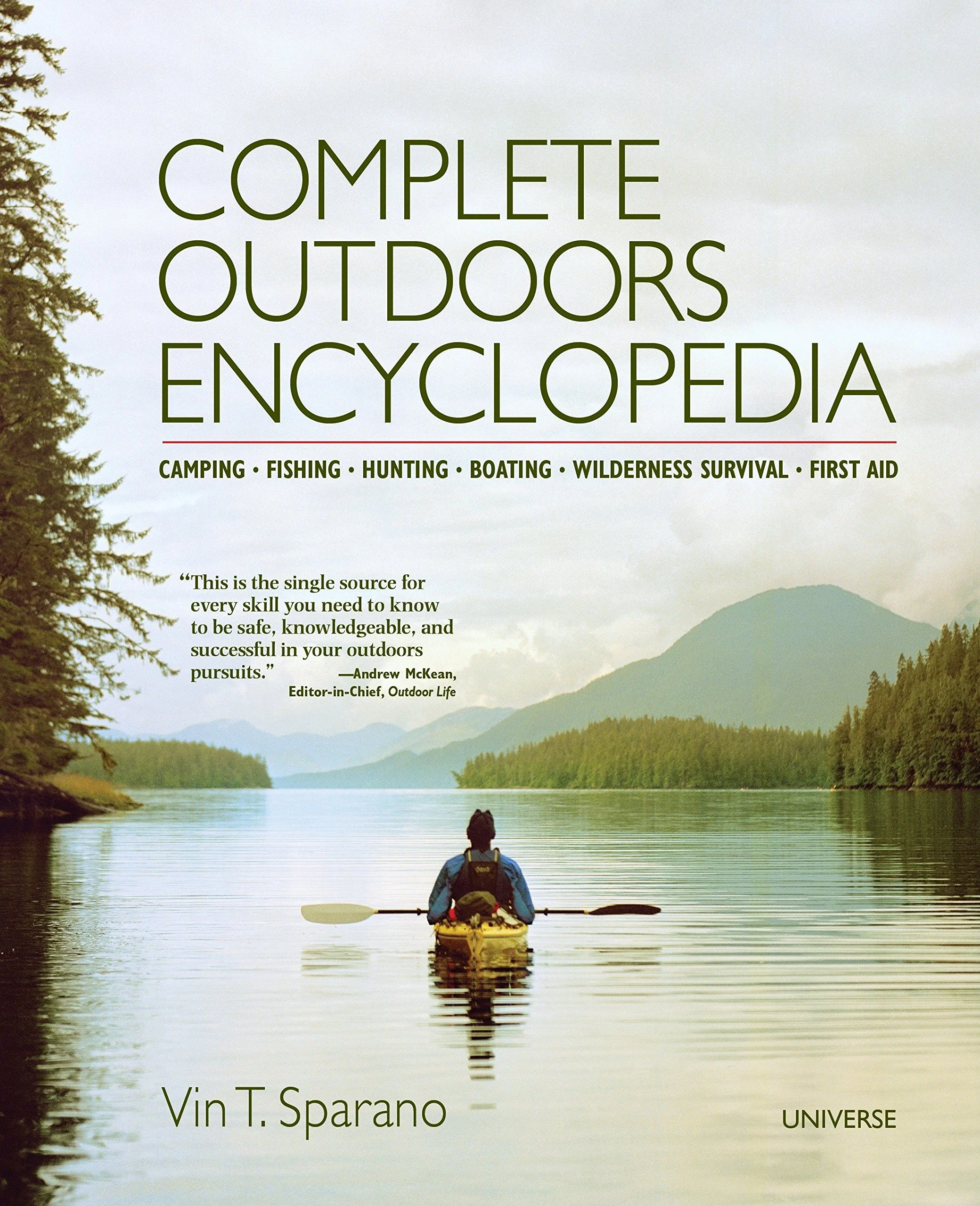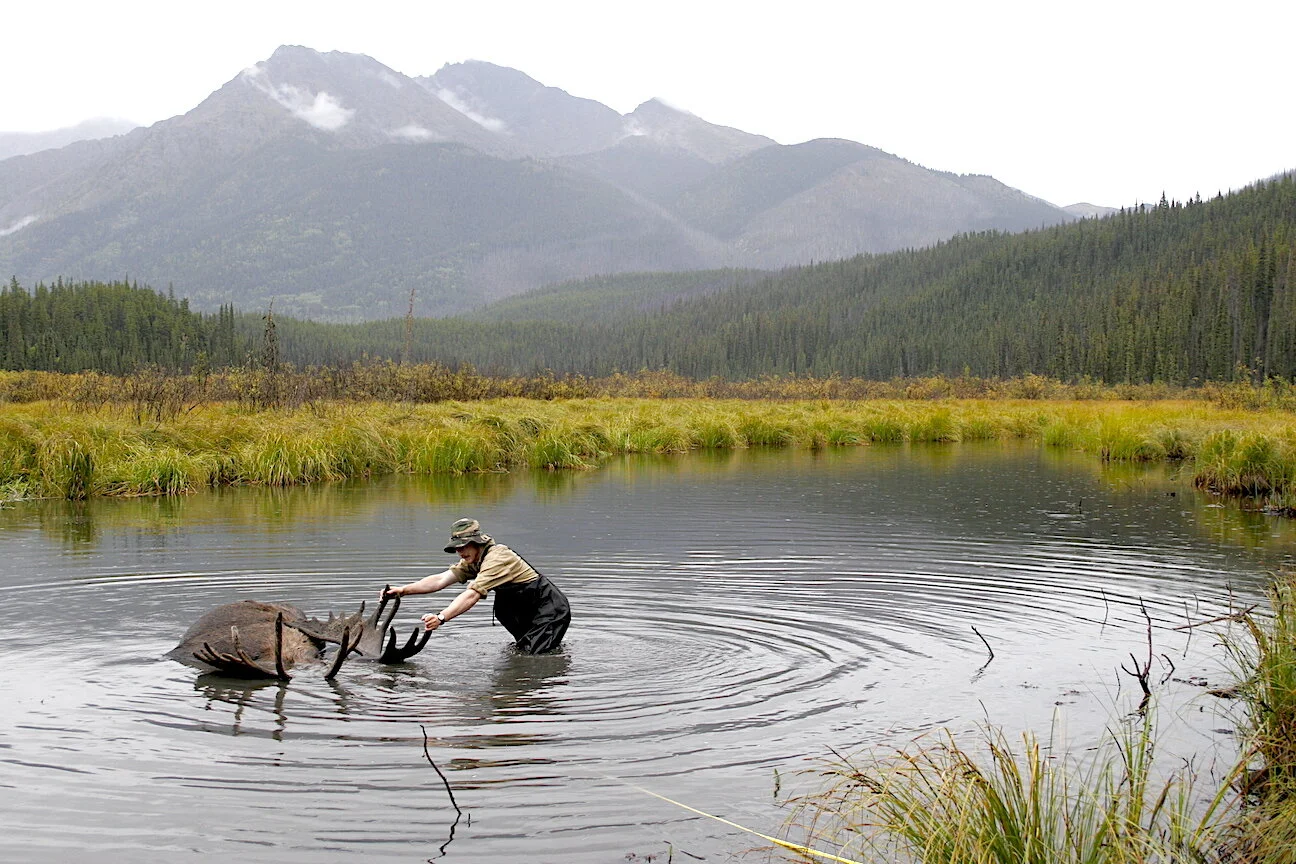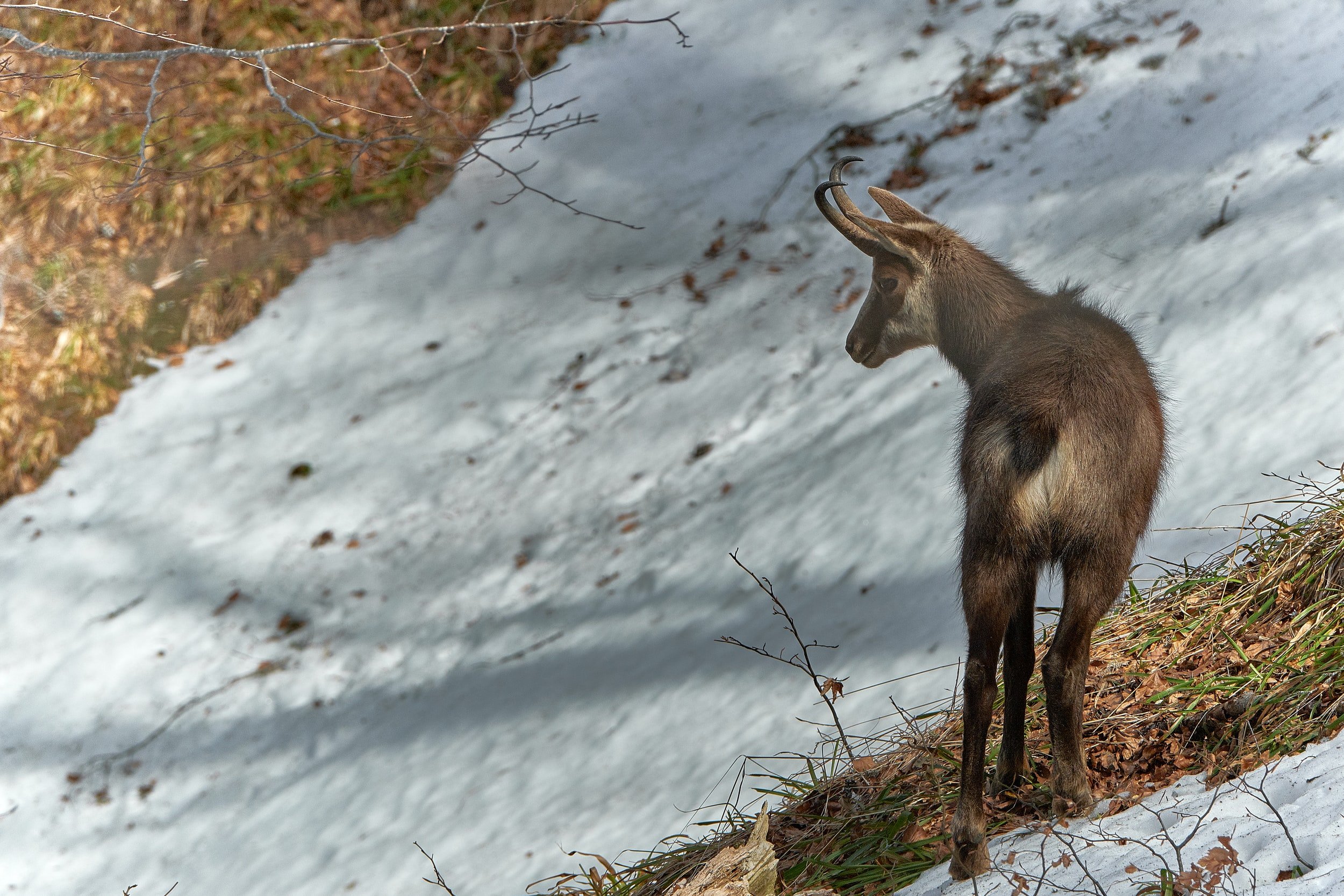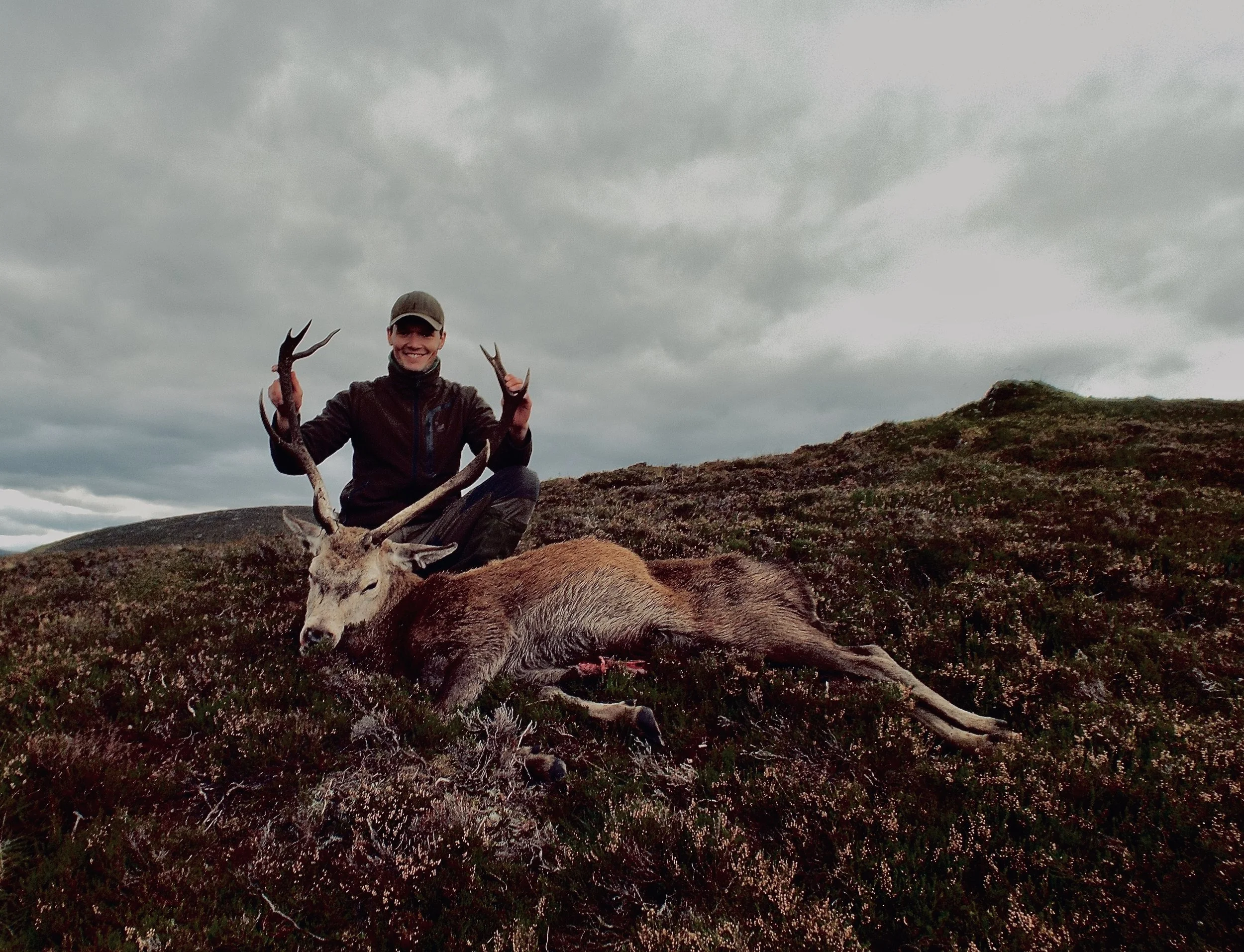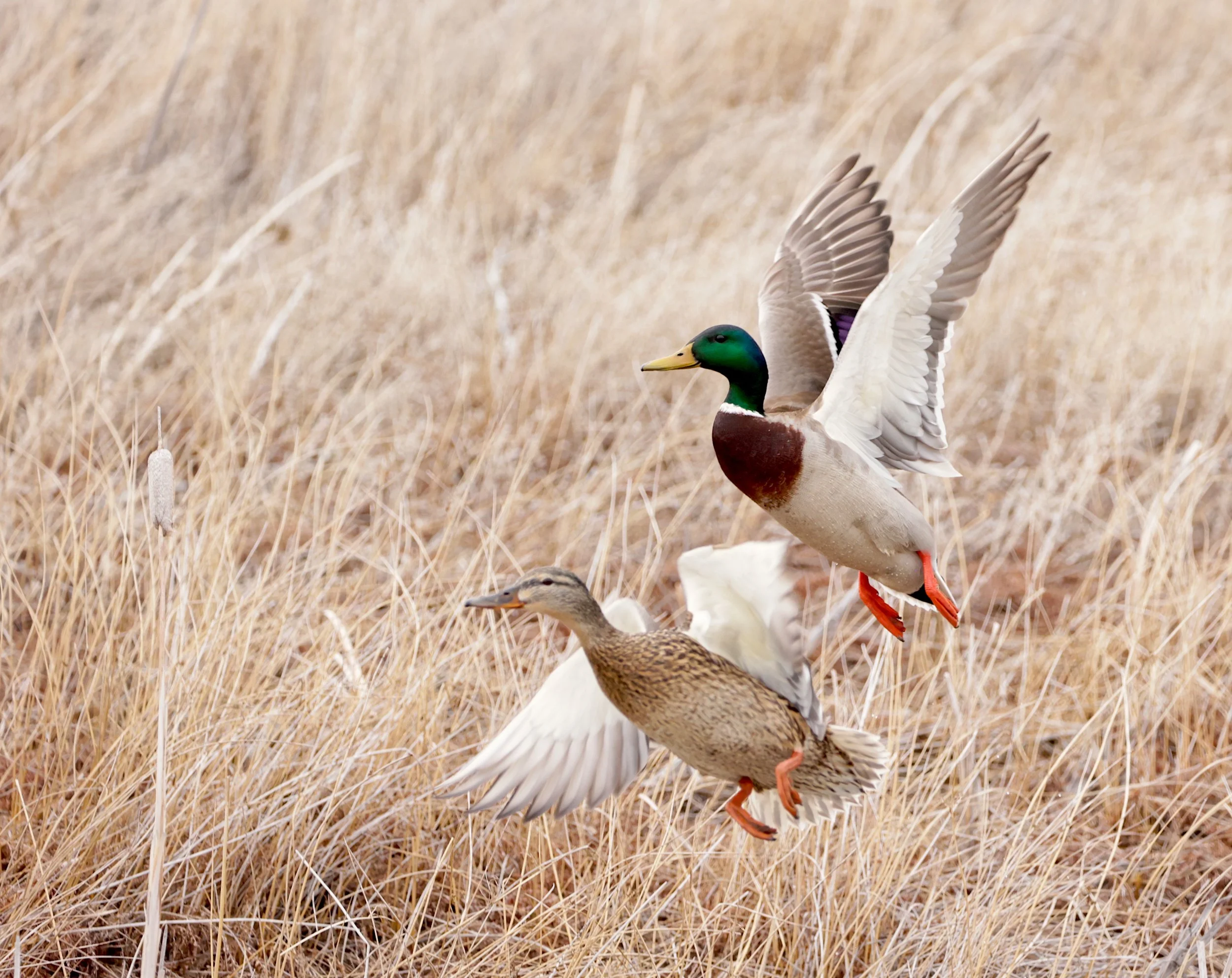Eye-To-Eye Combat
Unfortunately, the recent black bear attack in northern New Jersey and the first fatal bear attack in about 150 years is an example of what happens when people panic and run scared. Perhaps this deadly attack might not have happened if the young hiker had been more knowledgeable about the dangers of encountering a wild animal.
This all reminds me of a couple of incidents that happened to me many years in Alaska and Africa. Have you ever watched two fighters in a ring as the referee explains the rules before the bell? They stare at each other. They glare. They silently challenge. The message is evident in that eye-to-eye contact. “I’m not afraid of you, and I’m going to beat you.” It’s a serious challenge—and one that is not limited to humans.
Several years ago, while fishing for salmon in Alaska, I received some sound advice from a ranger. “If you see a brown bear,” he said, “walk away slowly and NEVER LOOK HIM IN THE EYE.” Bears interpret eye contact as a challenge, much like the fighters in the ring. If the bear happens to be having a bad day, you could have your hands full,
I had forgotten this advice until I went on a safari to Zimbabwe, Africa. A big 180-pound cattle-killing leopard had been live-trapped by the Professional Hunters I was with. The cat had been kept in an enclosure for about four months until the proper time and place was chosen for his release. I was lucky enough to be there to witness the event.
In a steel cage covered with a canvas tarp, the leopard was loaded onto a truck and driven to the release point. Doug Carlisle, the PH who trapped the leopard and had cared for it during captivity, carefully backed the truck up to the chosen gorge. He pulled back the canvas from the drop gate of the cage. I was nearby, using a video camera to tape the release.
A rope was rigged to the gate and looped over a tree limb about 100 feet away. The gate could be lifted safely from this distance, setting the leopard free. We would be stationed behind the cage with Rob Martin, another PH, standing by with his .458 Winchester. Safety had to be a critical factor. If the leopard caught even a glimpse of a person, the big cat would have turned on him.
Before the release, however, I wanted to get close-up footage of the leopard. I moved in front of the cage, where the tarp had been drawn back. I was less than 10 feet from the cage when the leopard saw me. Instantly, he charged. He hit the full gate bore and cut loose with a roar that nearly knocked me off my feet. I laugh about it now, but at the time, I ran out of spit real fast.
Eventually, the rope was pulled, and the leopard leaped out of the cage, disappearing into the brush. Doug, who had fed the leopard daily, bid the big animal farewell for all of us as he quietly said, “Good hunting, old friend.”
Later that night, we discussed what had happened. Doug, who did not know about the advice on eye contact that I had gotten from the Alaska ranger, said that in his experience, a dangerous animal would charge a person with eyeglasses first because eyeglasses make a person’s eyes appear more prominent. Someone wearing dark sunglasses, which look like big black eyes, presents an even bigger threat. Doug figured that when the leopard saw the big black lens of my video camera staring him down. He went nuts and came at me.
When I told Doug and Rob about my experience in Alaska, they agreed with the ranger. With wild animals, eye contact can get you into serious trouble. Encountering black bears in New Jersey is becoming increasingly common in recent years. If you suddenly encounter a black bear in the woods, remain calm and avoid eye contact, which the bear may perceive as a challenge. Never approach the bear and never, under any circumstances, start running away; just slowly back away until you are at a safe distance.



